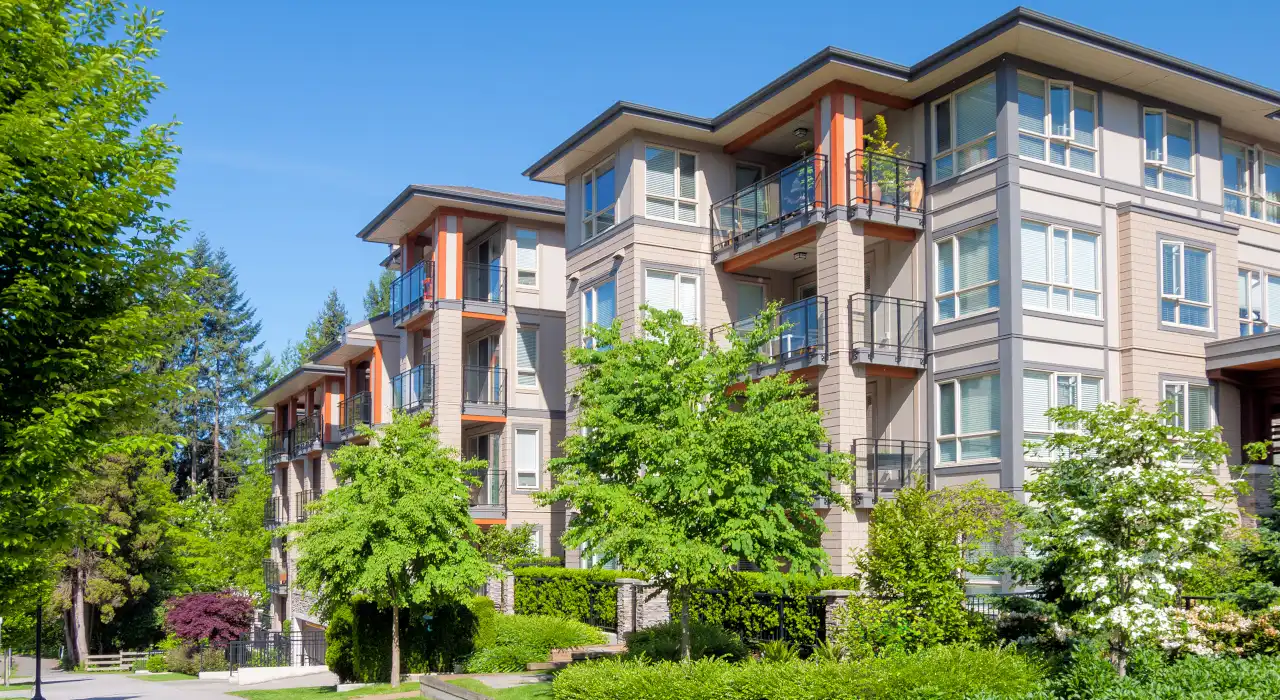In addition to detached houses, many people live in townhouses, condominiums, and apartment buildings, especially in urban ridings. To canvass effectively in these buildings, it helps to know some key rules and practices.
Basic Rule: You Can Enter During Election Period
Once the writ is dropped and the election officially begins, canvassers for confirmed candidates are legally allowed1 to enter the common areas of multi-unit buildings, provided public safety is not at risk. Building managers are required to allow access.
During every federal election, a letter from the Chief Electoral Officer2 is issued to inform the public of this right. Campaigns usually provide canvassers with a copy of this letter to show building managers if needed.
If your assigned turf includes multi-unit housing, be sure to check in advance and bring the proper materials. Access to common areas is permitted between 9:00 a.m. and 9:00 p.m.
There is a more detailed interpretation of canvassing rights in residential areas and public places available on Elections Canada’s website3.
Townhouses
If the doors to each unit face the street, knocking is straightforward, just like detached houses. You can simply approach and knock on each door.
Secondary Units
Secondary units like basement suites or laneway houses can also be canvassed. Use caution, especially in the evening or in areas that feel unsafe. If you’re unsure, go with another volunteer or have someone nearby for support.
Be mindful of potential hazards like dogs or uneven paths. When knocking on the main unit, it’s a good idea to politely mention that you plan to knock on the secondary unit as well. You don’t need permission, but doing so can reduce friction and may help you locate the entrance more easily.
Buildings with Locked Front Doors
Many apartments and condos have locked entrances with intercom systems. Use the intercom to speak with a resident. If they answer, you can either speak through the system or ask to be buzzed in. Keep in mind the intercom may connect to a resident’s mobile phone, so they might not be home even if they answer.
If someone lets you in, check your list to see whether there are multiple doors to knock on within the same building. Some volunteers knock on one door first and then canvass the rest on their list on the way out.
Buildings with Floor-Level Security
Some buildings require a key or fob to access individual floors by elevator, which makes canvassing more difficult. If there are several units on the same floor, knock on all of them at once. If not, you may need to return to the intercom after each floor, which can be time-consuming.
In high-density ridings, some campaigns arrange access with building managers in advance and send in a team of canvassers during a designated time slot. This can be much more efficient.
Sidetrack
Contacting the Building Manager On Site
If there’s a building manager listed on the intercom or a phone number posted near the entrance, you can try contacting them directly. If they’re supportive, they may even escort canvassers to each floor in buildings with restricted floor-level access.
If the building manager is uncooperative, it may be difficult to proceed, even though legal access doesn’t require their permission if a resident lets you in. In these situations, canvassers often return another day or leave the task to campaign staff to arrange access.
Each campaign has its own approach. Some encourage volunteers to negotiate access on-site; others prefer to minimize confrontation and leave that to staff. If you’re ever unsure, check with your campaign team first.
Key Takeaways from This Topic
Can canvassers legally enter apartment buildings during an election?
Yes. Once an election is called, canvassers for confirmed candidates are legally allowed to enter the common areas of multi-unit buildings between 9:00 a.m. and 9:00 p.m., unless public safety is at risk.
What should canvassers bring when visiting multi-unit buildings?
Canvassers should bring campaign materials and a copy of the letter from the Chief Electoral Officer, which confirms their legal right to access buildings during the election period.
How do you canvass in townhouses?
If each townhouse has a street-facing door, canvassers can approach and knock as they would with detached houses.
Are basement suites and laneway houses okay to canvass?
Yes, secondary units like basement suites and laneway houses can be canvassed. It's smart to use caution and, if needed, mention politely to the main unit resident that you'll be knocking on the secondary unit too.
How do you get into buildings with locked entrances?
Use the intercom to contact a resident. If someone answers, you can speak through the system or ask to be buzzed in. Keep in mind they might not be home even if they answer.
What if the building has elevator access restrictions?
In buildings with floor-level security, canvassing is more difficult. If multiple units are on the same floor, canvass them all at once. Some campaigns arrange access in advance with building managers to save time.
Should canvassers talk to building managers on-site?
It’s polite to do so, although not legally required. Keep in mind it can go either way. If a contact number is posted or listed on the intercom, it’s worth reaching out. Supportive managers might help canvassers access different floors, while uncooperative ones may try to block access despite legal rights.
What if the building manager refuses to help?
Even though you have a legal right to be there, it may be best to return another day or let campaign staff handle it. Volunteers should follow their campaign’s approach on handling access issues.
References
-
Canada Elections Act, Government of Canada ↩
-
Step 8. Campaigning and Candidates’ Representatives, Elections Canada ↩
-
Interpretation Note: 2021-03 (July 2021), Elections Canada ↩
